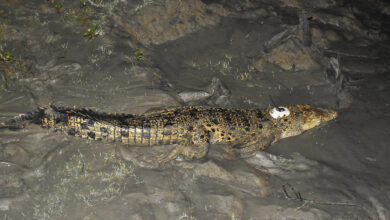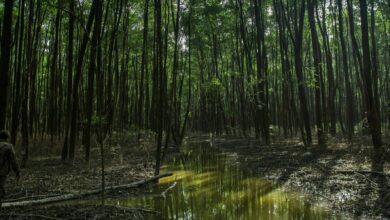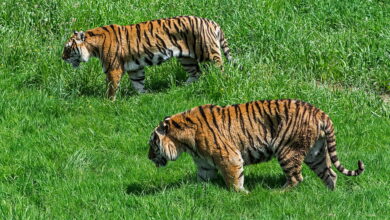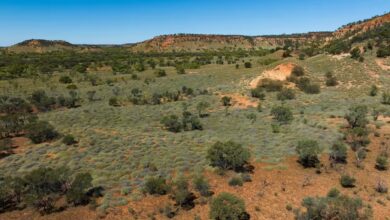Photo: Camera traps installed by the local guides of Punta Marenco Lodge caught a puma (Puma concolor) traveling on a steep ridge in a wildlife refuge on the edge of Corcovado National Park. Photo and Video Credit: Osa Camera Trap Network
Animals Costa RicaStudy Shows More Proof of Success for Conservation Work
Large species such as jaguars and pumas thrive on land with the most protection in Costa Rica’s Osa Peninsula, new findings suggest, earning conservation efforts yet another badge of success.
The largest camera trap study in Central America to date began in early 2018 in an effort to examine the effects of human disturbance on wildlife. 240 cameras were installed by teams of biologists from several universities, NGOs, and local community members. The findings were not surprising: the healthier ecosystems were the ones with the strictest land protections and supported a greater diversity of larger species. On the contrary, places with more human activity had fewer species and smaller, more common animals.
“Humans have an immense effect on animal communities, favoring smaller species, and dramatically reducing the distribution and abundance of larger species,” explains associate professor of ecology at Duke University, John Poulsen. “[This study] shows us that the parks and protected areas … they are working,” adds director of the NGO Osa Conservation, Andy Whitworth.
The Osa Peninsula is home to many plants and animals found nowhere else on Earth, as well as being one of the last places in Central America with a healthy population of wild cats. The NGO Osa Conservation is now focused on creating wilderness corridors where large species can roam and grow, as well as engaging in further forest restoration.



